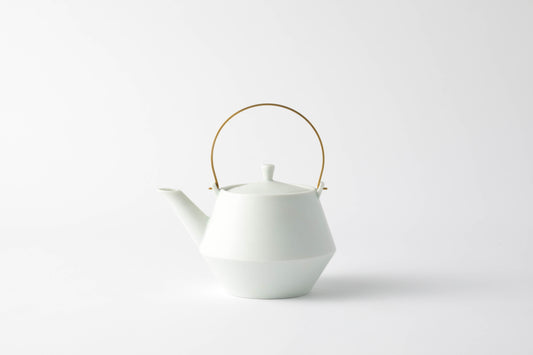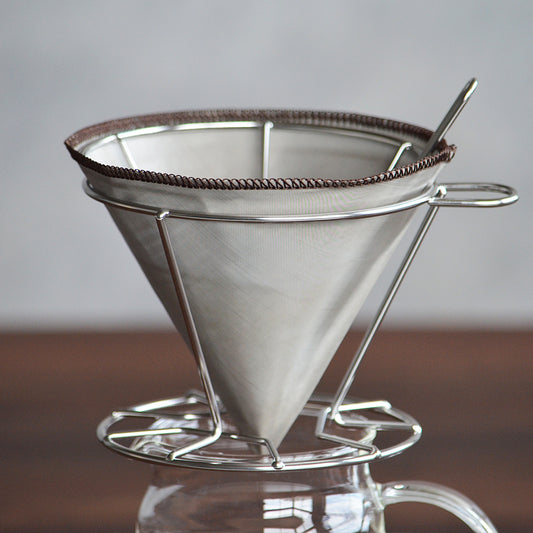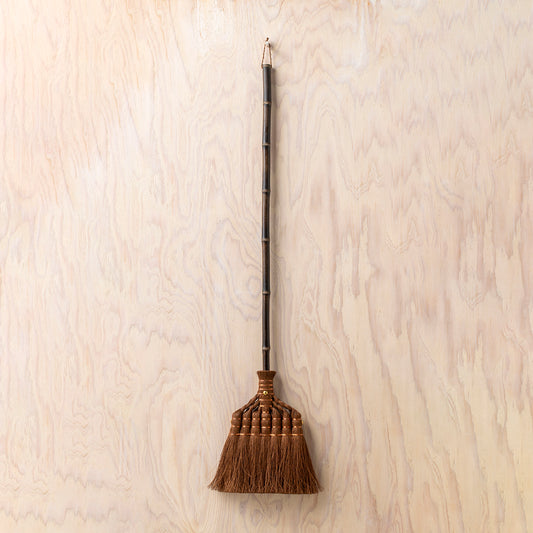有限会社冨岡商店
Tray kasanegasane (L)
Tray kasanegasane (L)
Supplementary product information
Supplementary product information
Production Area: Akita Prefecture
Dimensions:
・(Height) 45mm
・(Width) 435mm
・(Depth) 310mm
Materials: Cherry bark, natural Akita cedar, natural wood, plywood, urethane coating
Usage Precautions: Avoid leaving the product in direct sunlight, near heat sources such as stoves, or in humid areas, as these conditions may cause the cherry bark to peel off and shorten the product's lifespan.
Couldn't load pickup availability
This tray is a collaboration between two traditional crafts from Akita Prefecture: Kaba-zaiku and Odate Magewappa. The two-tone composition of cherry bark (mountain cherry tree bark) and Akita cedar creates a beautiful contrast while highlighting the distinctive character of Kaba-zaiku. Based on the Magewappa technique, a band of cherry bark is applied around the perimeter. By curving up both sides of the band and slightly offsetting them, the tray becomes easier to hold and gives a light, elegant impression.
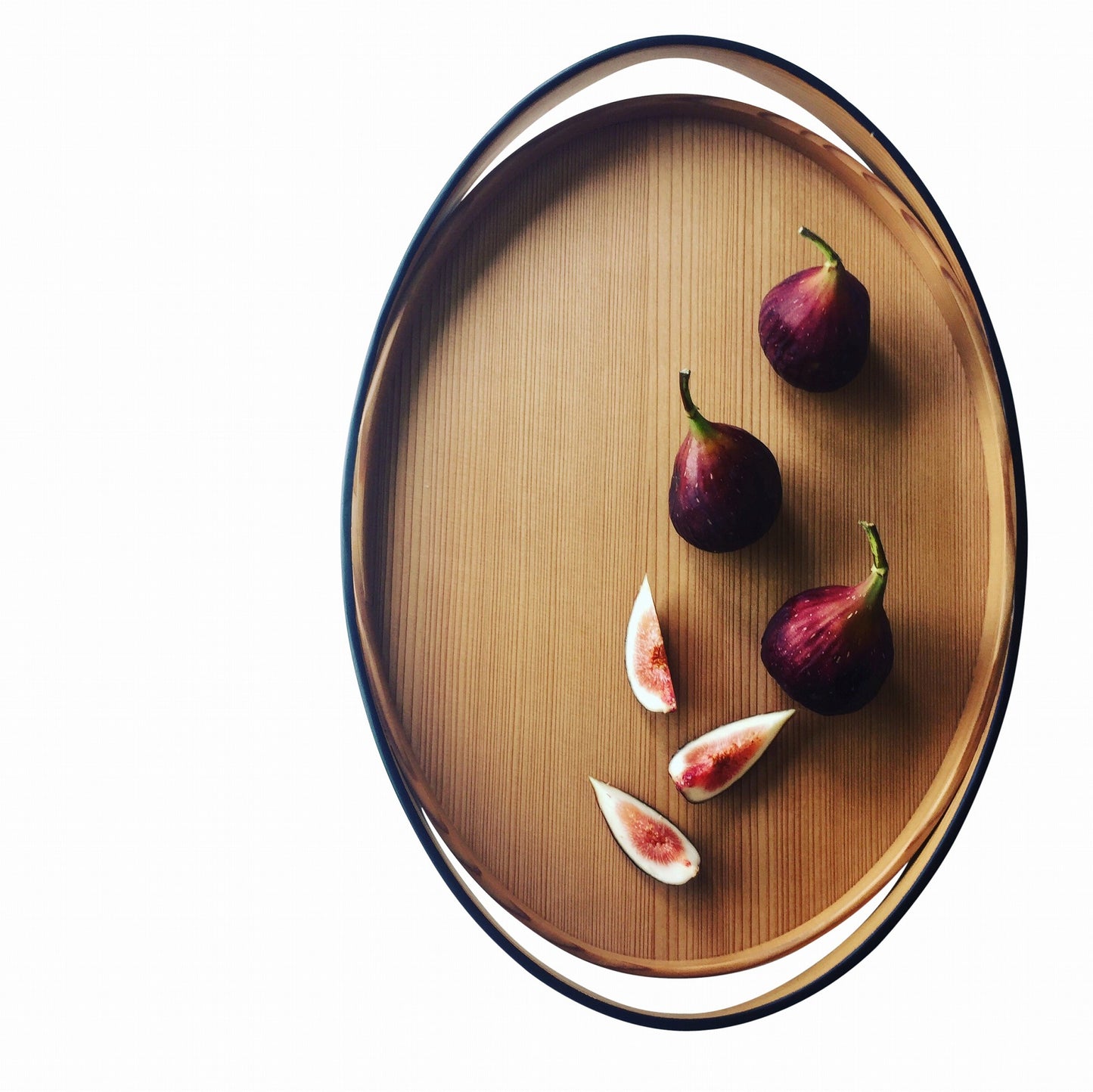
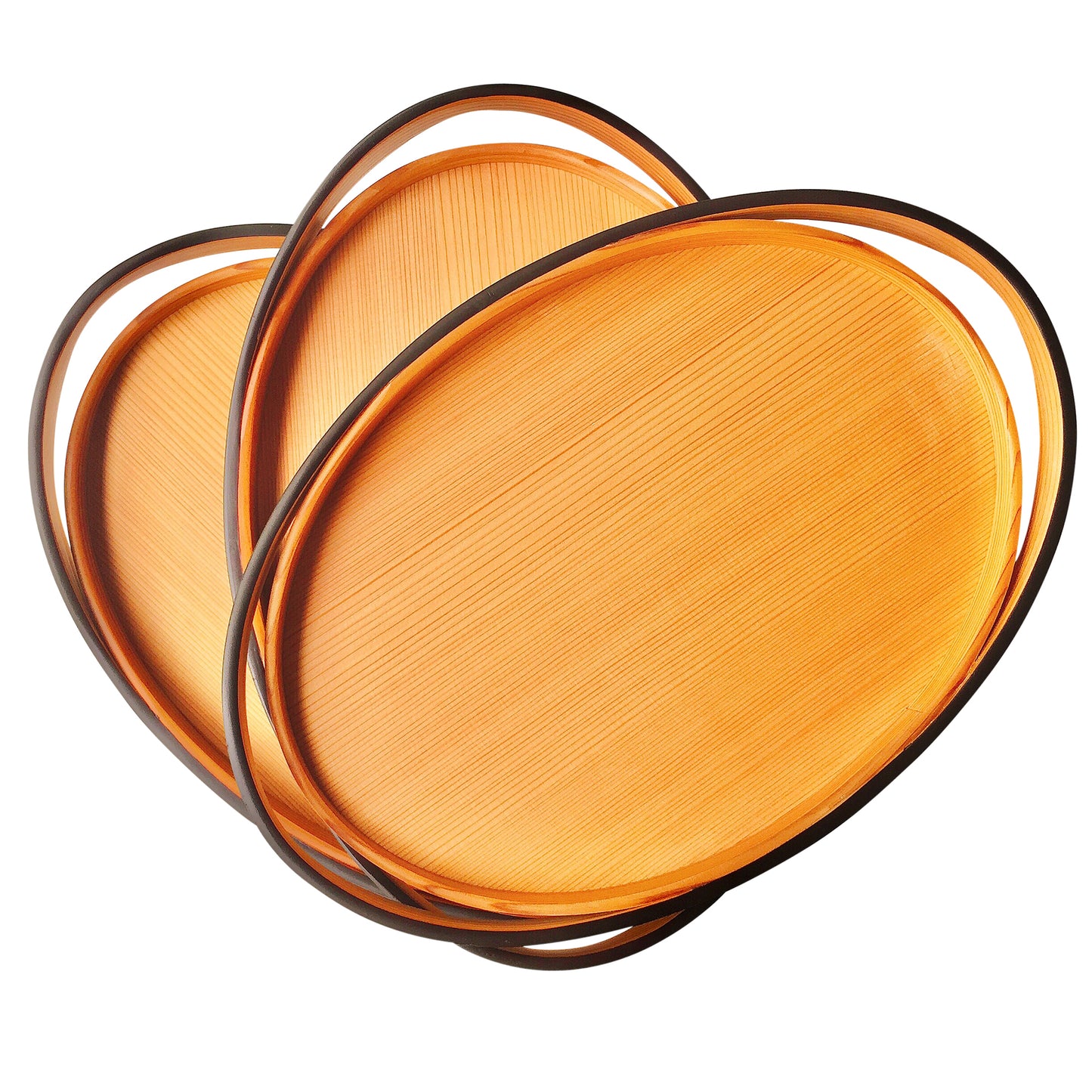

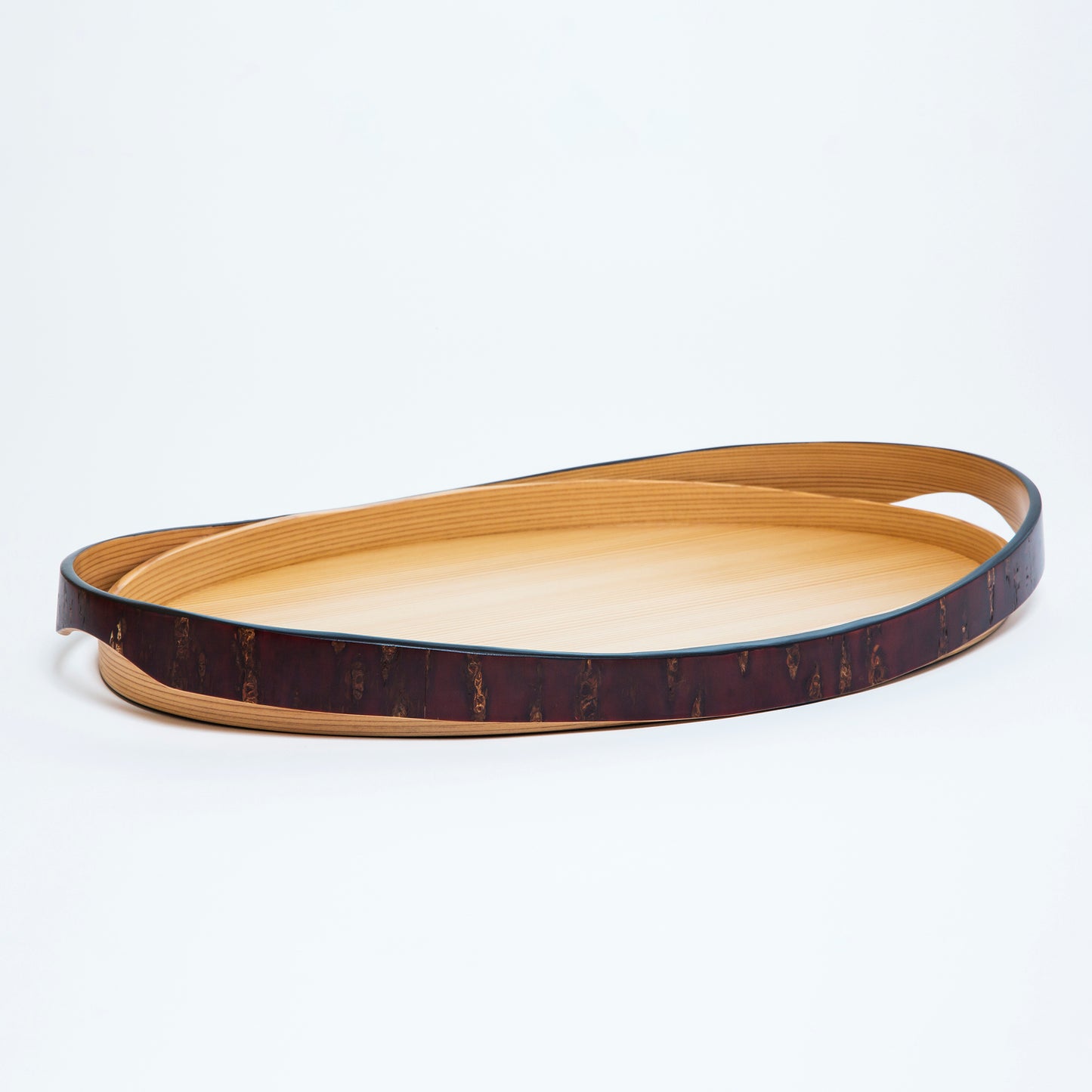
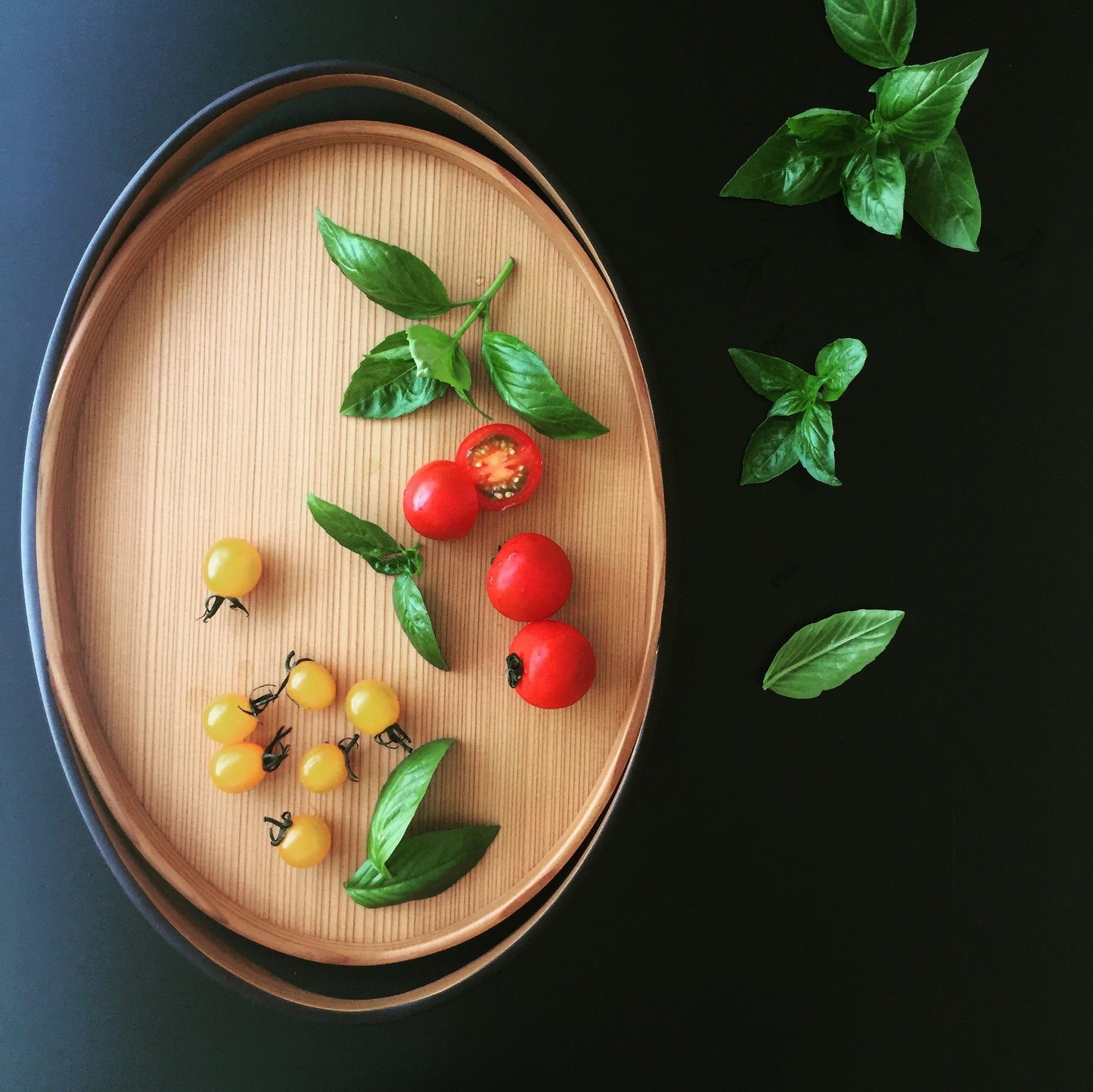
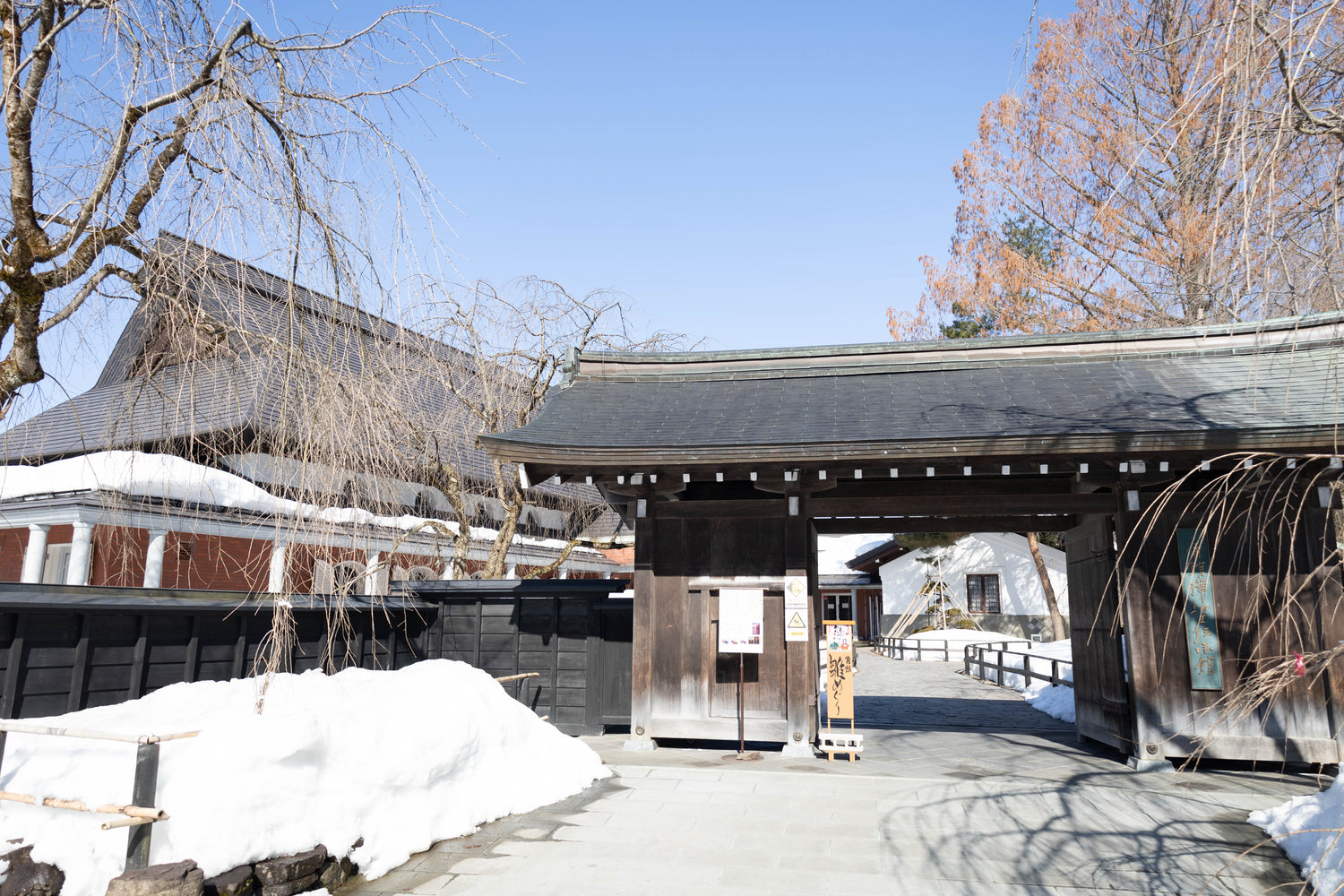
The History of Kabazaiku
Kabazaiku originated when samurai from Kakunodate mastered the traditional craft technique of working with "mountain cherry bark" that had been passed down in the Ani region of northern Akita Prefecture since the mid-Edo period. Initially produced as a cottage industry by lower-ranking samurai, items such as inro (seal cases) and doran (tobacco pouches) were commonly made, but today, tea canisters are the primary focus, with a wide range of everyday items and accessories being produced.
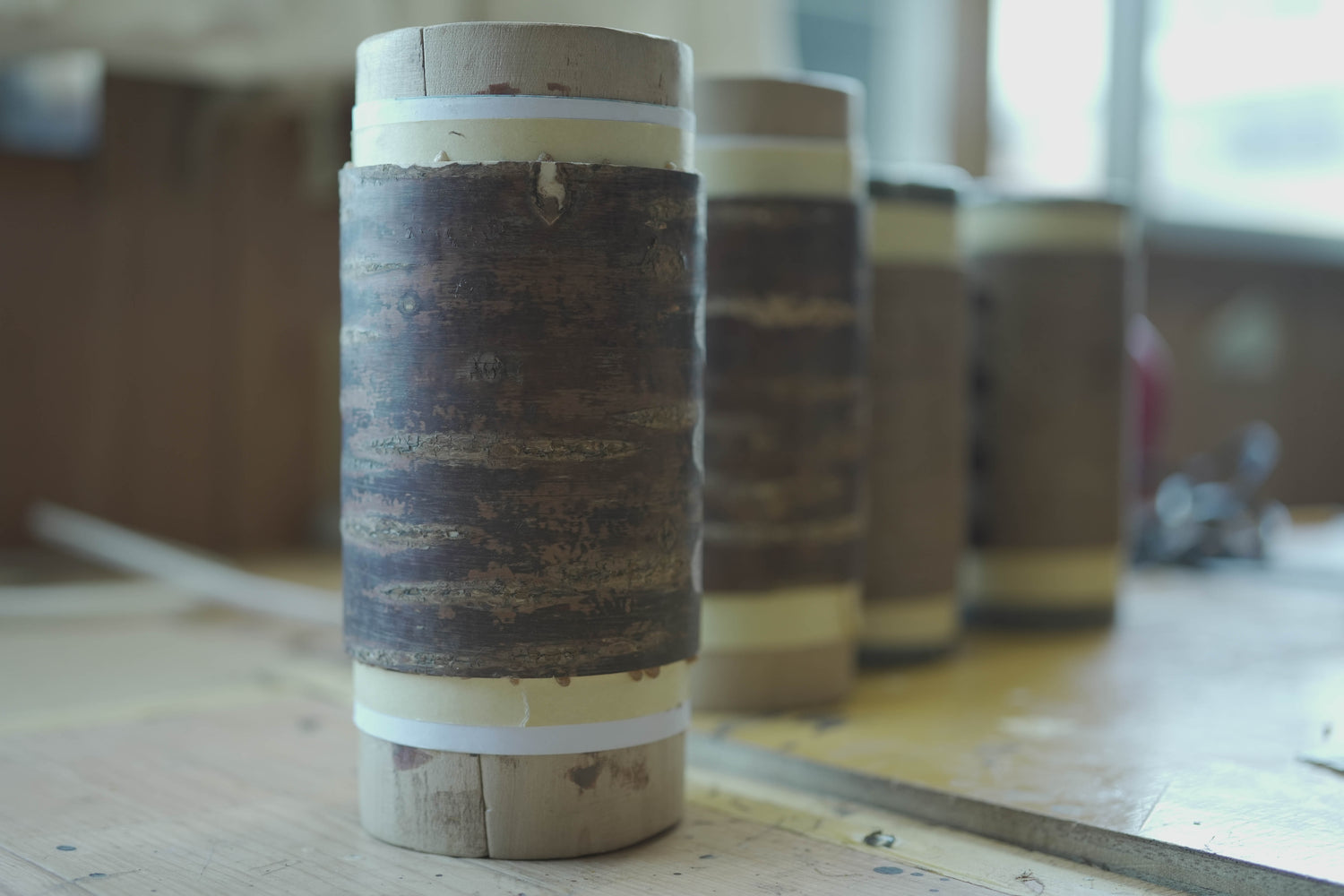
The birch craft method
There are three traditional techniques for kabazaiku craftsmanship. "Katamono" involves creating a core to match a wooden mold and attaching birch bark over it to form cylindrical objects. "Kijimono" uses a wooden base as the foundation. "Tatamimono" involves layering dozens of polished mountain cherry bark pieces, then carving the thickened material into various shapes.
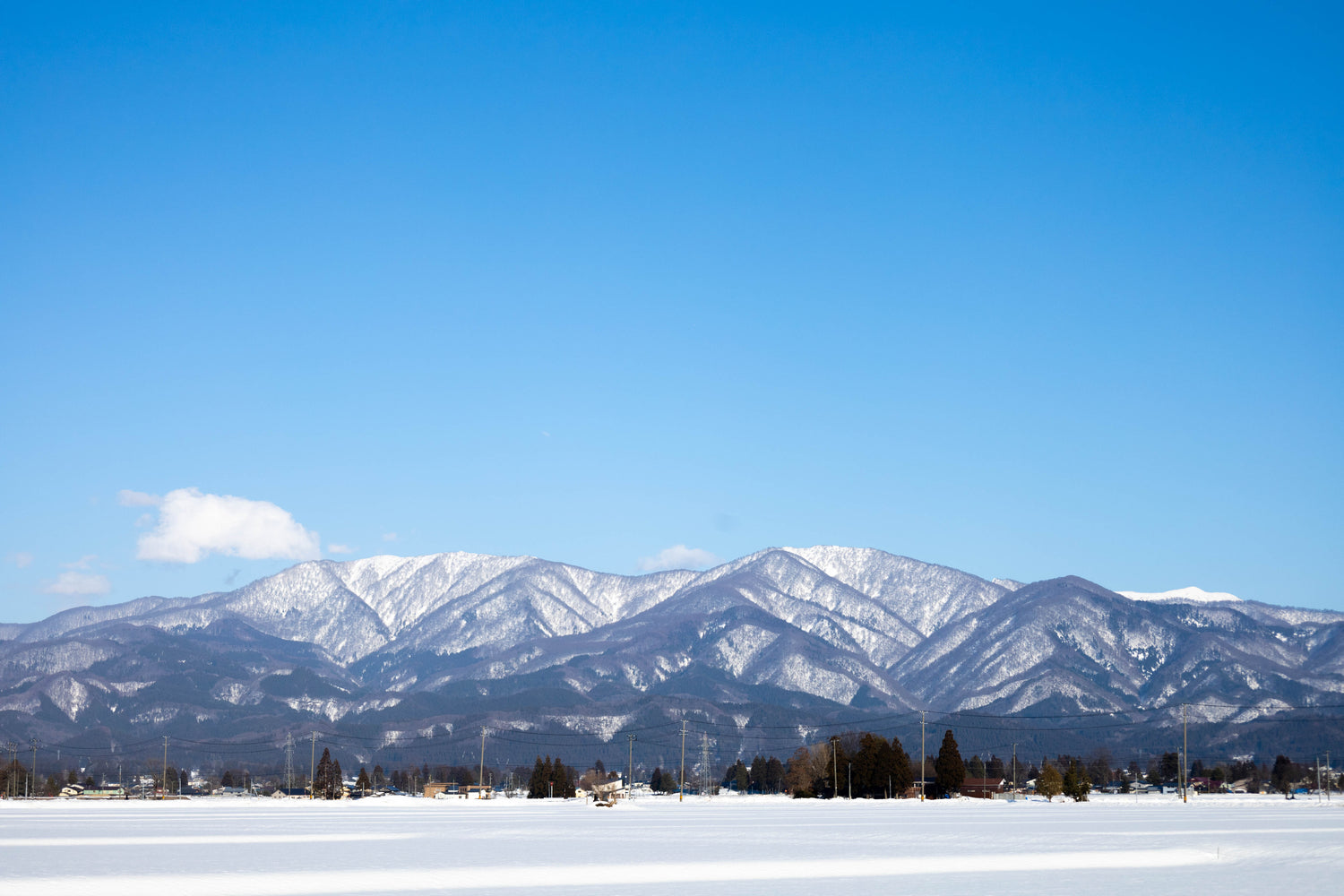
Mountain and birch crafts
We harvest bark from wild cherry trees in broadleaf forests where forest renewal work is conducted (felled trees are mainly used as pulp material). From after the rainy season until around September, our craftsmen personally enter the mountains, climb the wild cherry trees before they are felled, and harvest the bark. The wild cherry trees that are subsequently felled regenerate through sprouting and form multiple stems, contributing to forest conservation and the maintenance of local industry.
Birch crafts
Kabazaiku is produced in Kakunodate, Akita Prefecture, surrounded by mountains. The bark of mountain cherry trees, which serves as the raw material for kabazaiku, is carefully peeled from the trunk and then air-dried in the shade for over 2 years to remove moisture. This bark is delicately shaved with a knife to bring out the characteristic luster and deep, subdued color unique to the bark. Due to its properties of avoiding humidity and preventing drying, it is utilized in items such as tea canisters.
Other products
-
Frustum clay pot (white glaze)
Regular price ₩150,000Regular priceUnit price per -
ST Mesh Dripper M (for 1 to 4 cups)
Regular price ₩44,800Regular priceUnit price per -
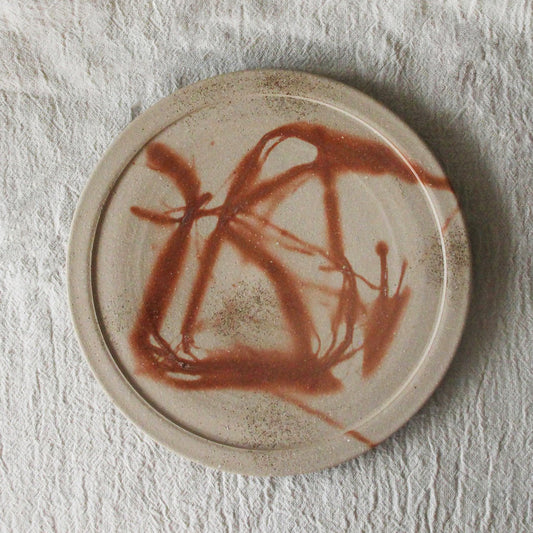 Sold out
Sold outDinner plate 27cm (Hidaski)
Regular price ₩122,000Regular priceUnit price per -
7 domestic palm brooms
Regular price ₩320,000Regular priceUnit price per






